Travel Tales Podcast

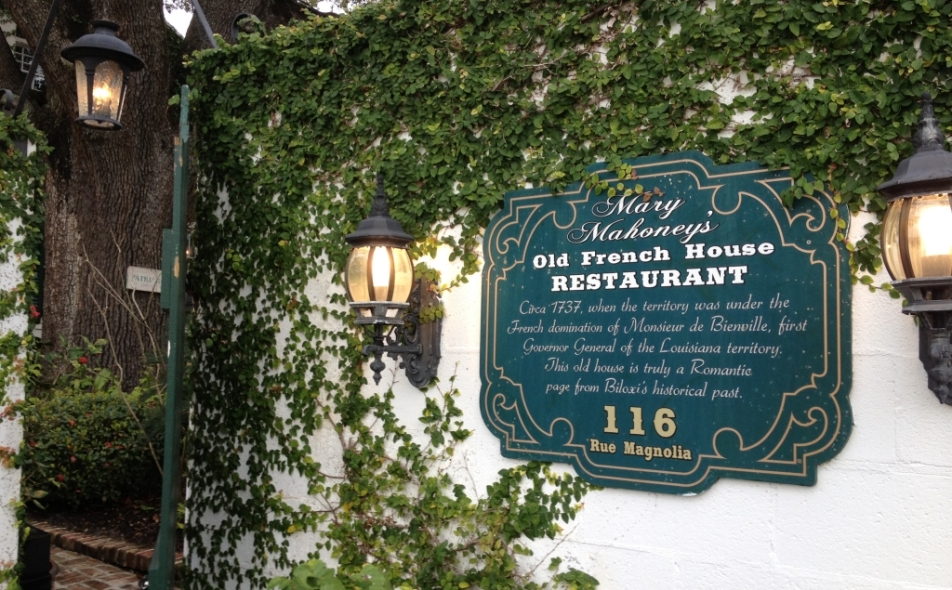
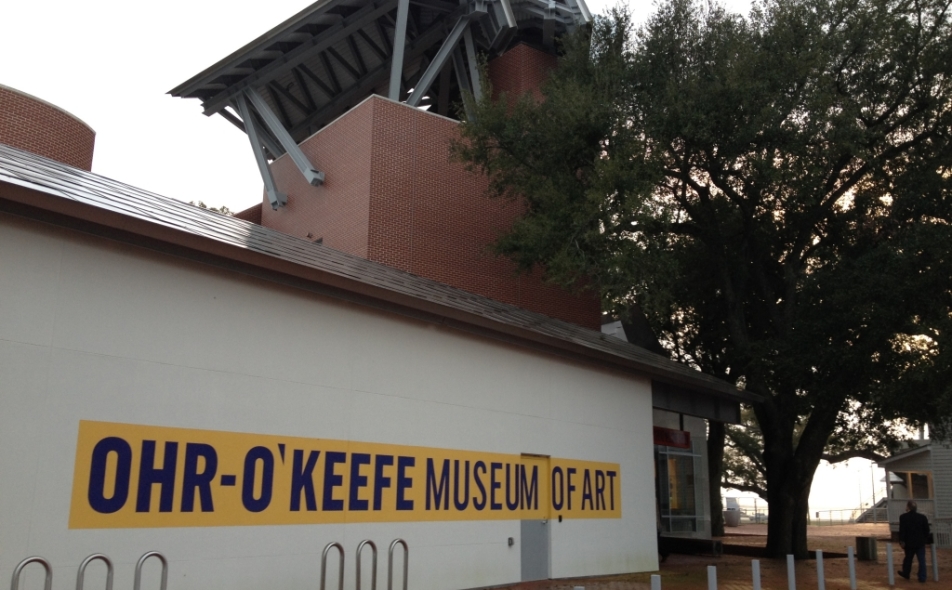
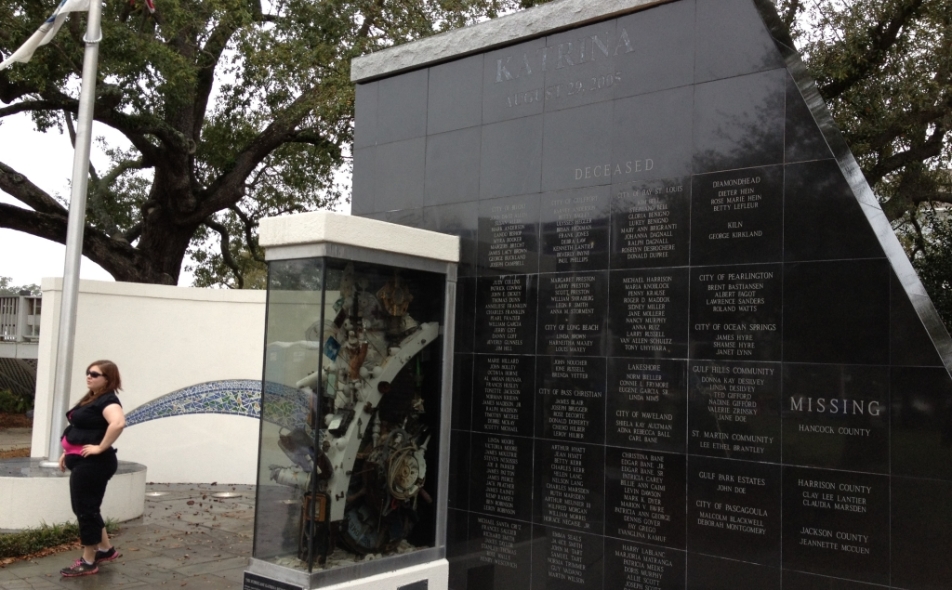
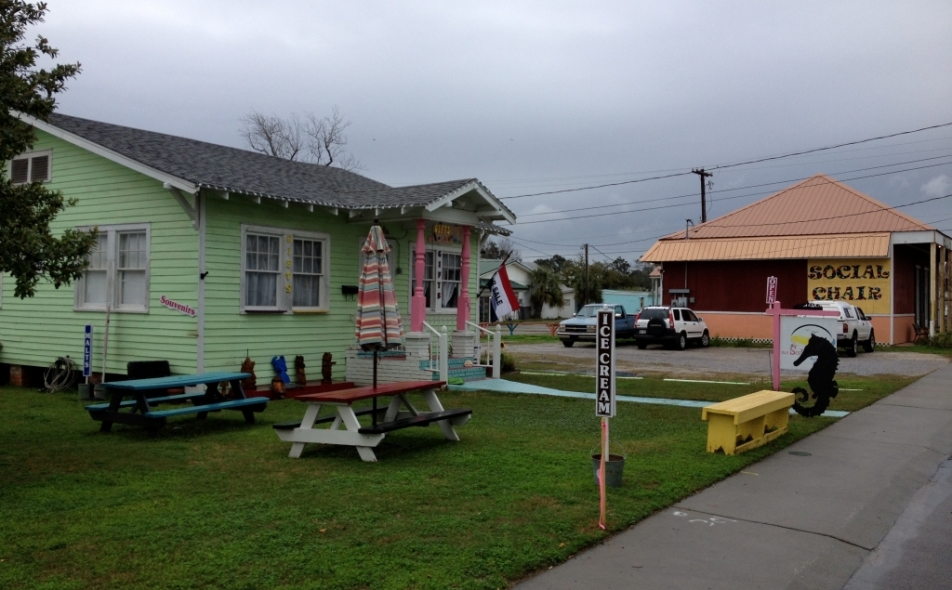
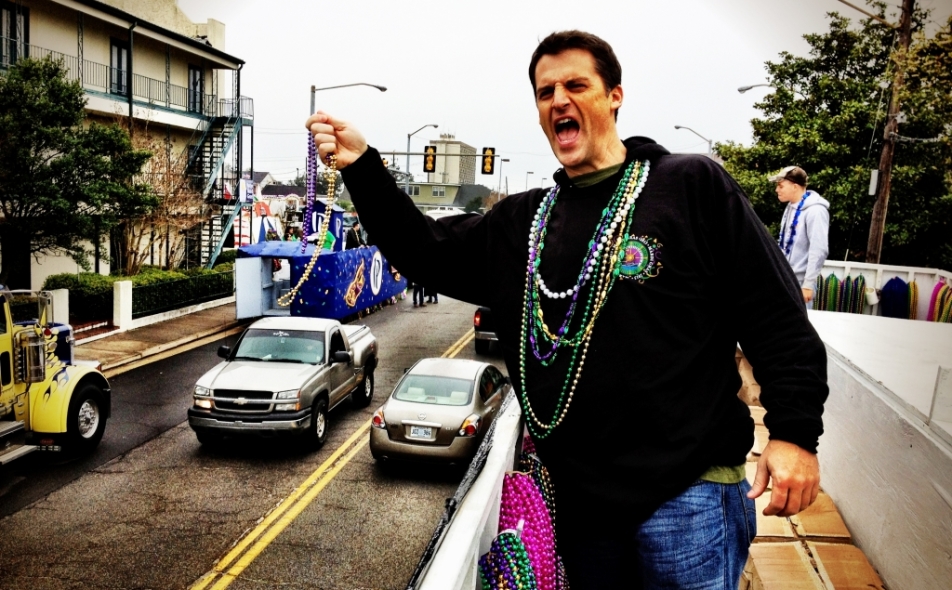
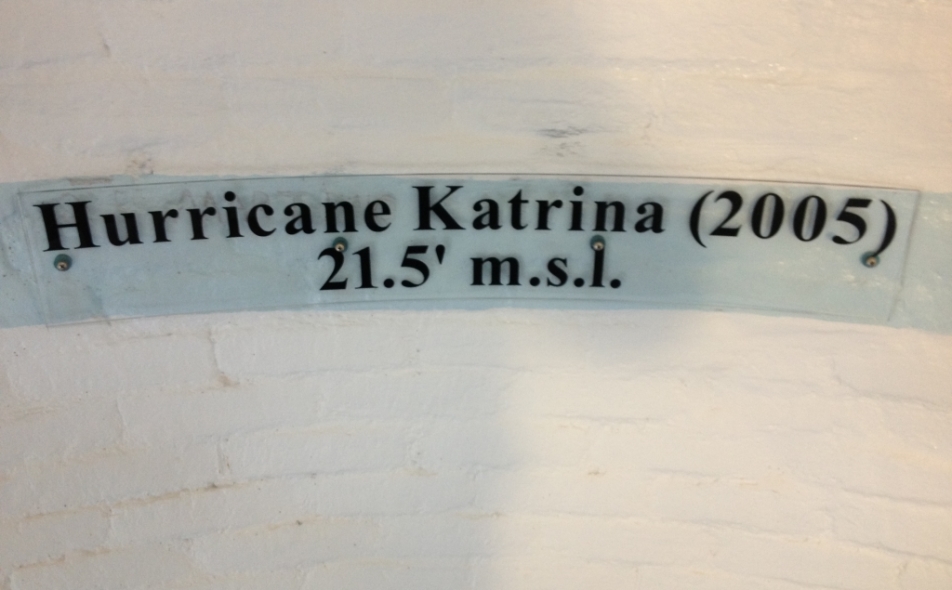
Rising from the damage of Hurricane Katrina and the BP oil spill, the Mississippi Gulf Coast still knows how to throw a party – rain or shine.
The crowds lining the boulevards were a hodgepodge of ages, races, and levels of inebriation. They shared a common purpose- to hoot and holler loud enough in order to receive the cheap, plastic baubles tossed from my hand. I felt a strange sense of power mixed with completely undeserved celebrity. It must be what the Royal Family feels like every day.
The occasion was Mardi Gras, a phrase that for most conjures up images of scantily clad women dancing in the streets of Rio de Janeiro, or on a domestic front, the booze-soaked bacchanal of New Orleans. This is neither of those dens of ill repute. I am merely a scant hour from the Big Easy, but in some ways, the distance couldn’t be greater. No, this is not your college son’s New Orleans fraternity Mardi Gras road trip – this is Biloxi, Mississippi. And for many, it suits them just fine.
First and foremost, there are no flashing of breasts along the Biloxi parade route, making this a far more family-friendly event.
Is there alcohol? Well, of course – it is Fat Tuesday after all – but there is a mellower vibe along these streets. While crowds along the Biloxi parade route can swell to as high as 100,000, it still feels like small-town America. There’s room to park, set up lawn chairs, barbecue, toss a football, and wait for the parade to begin. Try doing that on Bourbon Street.
There’s more wide open space these days on the Mississippi Gulf Coast thanks to the devastation brought on in 2005 by Hurricane Katrina. While New Orleans got most of the headlines, it was the Gulf Coast that took the full brunt of the storm, and the evidence is everywhere.
Huge plots of land along the water still remain undeveloped, with nothing but concrete foundations left behind to remind people of what was there.
Many light poles are painted with blue rings, some as high as 30 feet in the air, marking where the floodwaters reached.
A Hurricane Katrina monument is inscribed with the names of those who died or went missing. The reminders are everywhere, but the spirit of the people has not been broken.
These are strong folks in these parts – they’ve been through a lot. So dadgummit (do they say that down here?), if they want some some plastic beads, who am I to refuse? Get those hands up and allow me to show off my double sidearm technique! And where’s my cocktail?!
For the three days, I was treated to a media tour of the area and its charms, culminating in our Fat Tuesday parade ride.
I was on the float as a guest of Taryn Sammons and the rest of the staff of the Mississippi Gulf Coast Convention and Visitors Bureau. We toured downtown Biloxi, its famous lighthouse, and the Ohr-O’Keefe Museum of Art. We also visited the neighboring towns of Gulfport (rebuilt downtown, slightly larger than Biloxi, some great restaurants) Bay St. Louis (charming, lots of little art galleries), and Pass Christian (ditto).
In Bay St. Louis we paid a visit to 100 Men Hall, an old juke joint that was a club on ‘Chitlin Circuit’ and is now a certified stop on the Mississippi Blues Trail. The club was bought and lovingly restored by a music-loving couple from Los Angeles, who came to the area looking for a life change. We bonded over the difference in real-estate prices and adjusting to humidity. Hey, it’s how we Angelenos connect.
I stayed at the IP Casino and Hotel, one of a number of resorts in the area that have been vital to its economic recovery. Others include the Beau Rivage, the Palace Casino, and the Hard Rock Hotel and Casino, which had the dubious distinction of scheduling its grand opening the day after Katrina hit. The Hard Rock was destroyed and didn’t open for another year and a half.
“All the memorabilia floated out,” Taryn told me. “People had ten thousand-dollar celebrity pants in their trees.”
I’m sure the last place Axl Rose assumed his leather trousers would end up is a giant oak tree in Mississippi, but now that I think about it, his pants were probably lost under less savory conditions quite often in the 80’s. Welcome to the jungle, indeed.
The resorts are on par and scale with most Vegas palaces, and along with gambling there are the usual spa and restaurant diversions to keep one sated. For outdoorsy types, fishing and golf are the big draws down here.
We had excellent meals at Mignon’s in the Palace Casino, and Stalla at the Beau Rivage. Our final meal post-parade was at the famous Mary Mahoney’s in Biloxi- one of the area’s oldest restaurants and a must-stop.
Order Mary’s famous lobster tail, and be amazed when they bring out a football-sized wonder of ocean decadence. Delicious.
I ate seafood at nearly every meal in the Gulf Coast, and was never disappointed. As if Katrina wasn’t bad enough, the BP oils spill of 2009 came to heap more misery on the area and its vital fishing industry. Barrier islands protected the beaches here, however, and the catches seem to have returned nicely. Crab is on just about every menu and in every form imaginable. Go ahead- indulge.
The night before Fat Tuesday (Chubby Monday?), we witnessed a glimpse behind the curtain of Southern tradition that my Yankee eyes had never seen. The Gulf Coast Carnival Association, one of the regions oldest and prestigious krewes (clubs), were holding their annual Mardi Gras Tableau. A tableau is a show/ceremony where that year’s Mardi Gras King and Queen are presented, as well as their dozen or so court members.
One-by-one, apple-cheeked Southern belles and their escorts paraded across the stage in elaborate (and expensive) costumes that would make Liberace yearn with envy. An announcer read aloud their mini-biographies, complete with lineage and pedigree. An amazing number of the court members’ parents and grandparents had also been “royalty” over the past 100 or so years (typical royalty- you’re born into it.) I have nothing against tradition, but it all seemed a bit formal and stiff.
I left the Tableau not really sure what I had just seen, but I did know one fact – it was definitely a Southern thing.
I was relieved the next morning when I ran into the aforementioned King of the Mardi Gras in the lobby of my hotel. The formality of the night before had been replaced by the sight of the still costumed 50-ish-year-old King, joking and nursing a hangover with a giant coffee. He definitely needed that caffeine jolt to last through the upcoming parade and into the final evening of revelry. The next time I saw him was just before the parade start at 1 PM, when he and his 20-something Queen rode on the back of an ATV, drinks in hand, high-fiving everyone in their path. It’s good to be the King.
I’m willing to bet I didn’t enjoy the parade as much as the King did, but I still had a great time. The pre-start rain put a slight damper on things (and according to Taryn, kept the crowds a bit smaller than usual), but the rain stopped for most of the two hours on the float. The music blared, the people screamed, and I obliged them with plastic beaded necklaces. The locals told me that the Mardi Gras season lasts for six weeks all along the Gulf Coast, and during that time there are parades like this every weekendsomewhere.
Every weekend? These people are tougher than I thought.
*For all info on the area go to Mississippi Gulf Coast Convention and Visitors Bureau at gulfcoast.org.





